Cannondale Synapse Carbon review
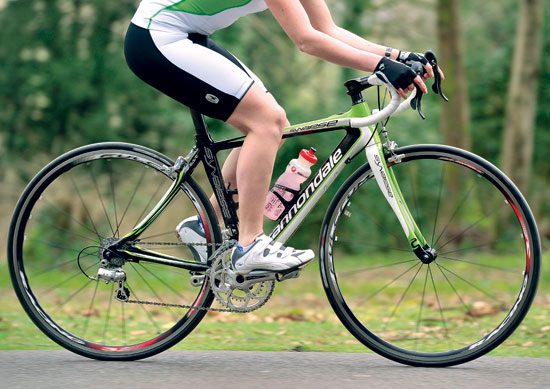
Despite the excessive talk of comfort and all-day riding, the Synapse is no plodder. It may be a bike for sportives, but it encourages you to chase after the gold award rather than be content with 'just getting round'. I'm looking forward to giving it a fuller test over the 100-mile plus distances it was designed for. £1,199 for Synapse Carbon BB30 frame with Synapse full carbon fork, seatpost, headset and standard BB adaptor.
-
+
Comfortable position
-
+
Feels responsive
-
+
Stable geometry
-
-
Hard to change gear from drops with small hands
You can trust Cycling Weekly.
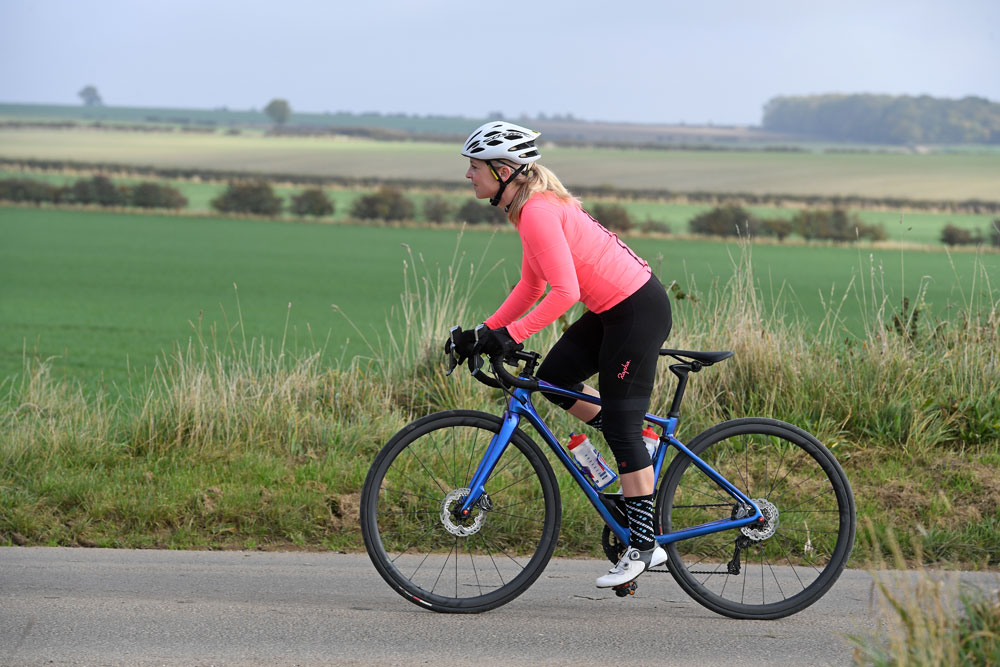
The Synapse is Cannondale's cyclo-sportive bike. Compared with the top of the Elite range's Super-Six race bike, the same size Synapse is 5mm shorter in the top tube and 2cm longer in the head tube, putting the emphasis more on comfort and less on aggressive race styling.
It's also 11mm longer in the wheelbase, with 1cm more fork rake, helping to give the stable and confidence-inspiring handling demanded by the sportive market.
However, despite these geometry tweaks, clearly aimed at increased comfort and handling confidence, the carbon synapse is still a worthy race bike, Liguigas chose them for the 2009 cobbled spring classics, and first impressions were that this was a positive and stiff ride.
The SAVE stays are curved to act like a micro-suspension system, absorbing road vibrations without sacrificing the lateral stiffness. Feedback from the road is good, not overly damped, but sufficient to feel in touch with the road beneath your wheels, without rattling your teeth out on poor surfaces. The oversized BB30 contributes to a feeling of efficient pedalling. Compact FSA bars and 90mm stem, combined with the Cannondale's geometry, mean the position felt homely from the first ride.
Built with Campagnolo Athena, the total weight is 17lb - with some different wheels and finishing kit it would be easy to get this down to 15lb, as the frame itself is reasonably light. The performance could not be faulted, with crisp changes and the lovely ability to slam it down the cassette for sprints. However, with small hands, despite the comfortable hood position the inability to change gear from the drops meant constant irritation.

Thank you for reading 20 articles this month* Join now for unlimited access
Enjoy your first month for just £1 / $1 / €1
*Read 5 free articles per month without a subscription

Join now for unlimited access
Try first month for just £1 / $1 / €1
Get The Leadout Newsletter
The latest race content, interviews, features, reviews and expert buying guides, direct to your inbox!
Hannah Reynolds interest in cycling began while studying for a degree in Sports Science at the University College Chichester and surrounded by elite level cyclists. She is now undertaking a PhD at Sheffield Hallam University investigating the use of e-bikes by older people.
A committed dabbler whose passion outweighed her talent Reynolds has competed across all disciplines of cycling bar BMX. In the very distant past she has been south-east road race champion, southern cyclo-cross champion and finished third in the European 24hr Solo mountain-bike champs in 2011. She was also the Fitness Editor of Cycling Weekly for 15 years.
Hannah Reynolds is author of several cycling books, France-en-Velo a guide to the ultimate 1000 mile cycle route from the Channel to Med; Britain's Best Bike Ride. LEJOG1000; A 1000 mile journey from Land's End to John o' Groats and 1001 Cycling Tips.
-
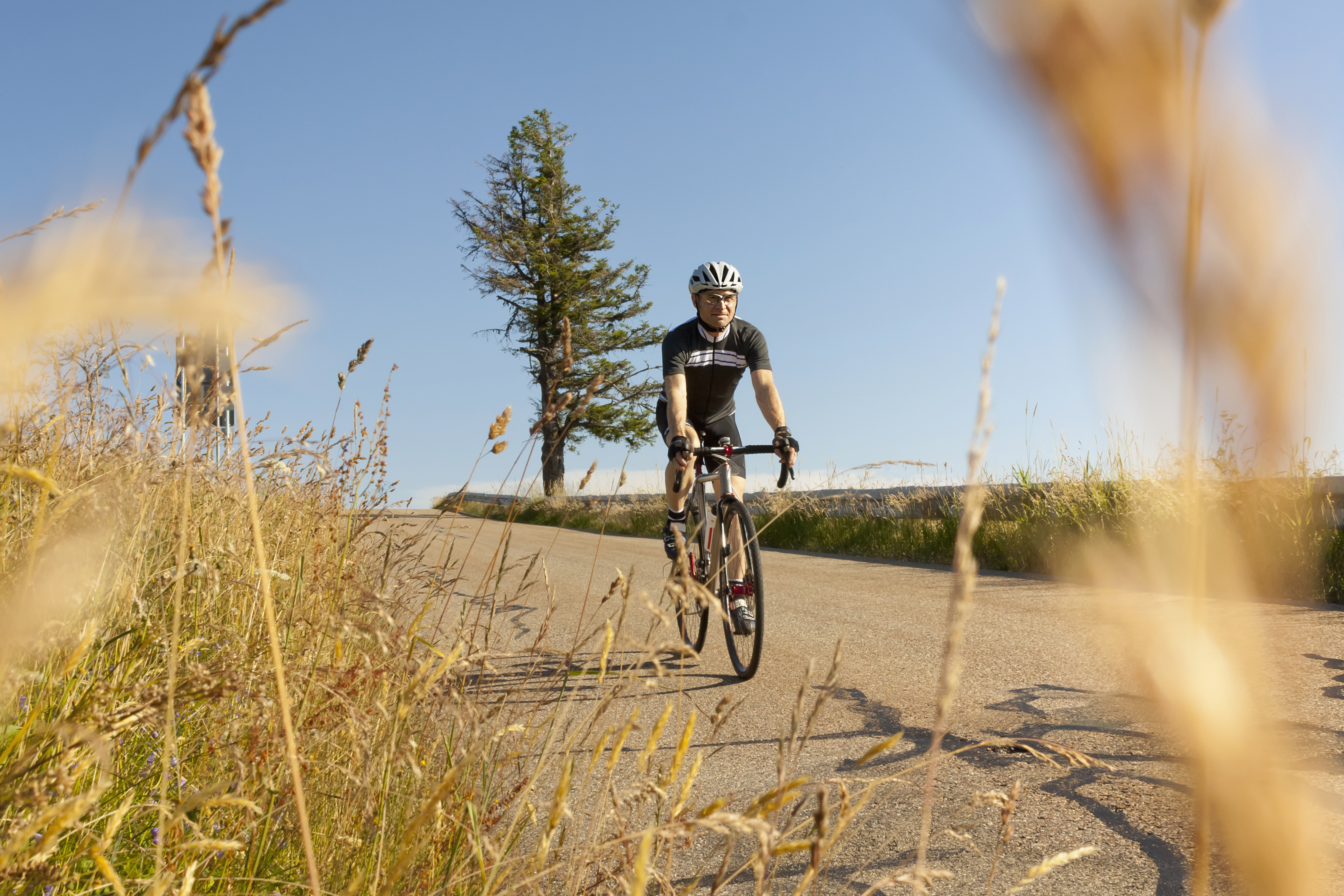 Hayfever and your riding: how to combat it as the pollen strikes
Hayfever and your riding: how to combat it as the pollen strikesExplanations, medications and holistic measures to make your spring and summer riding more enjoyable
By James Shrubsall Published
-
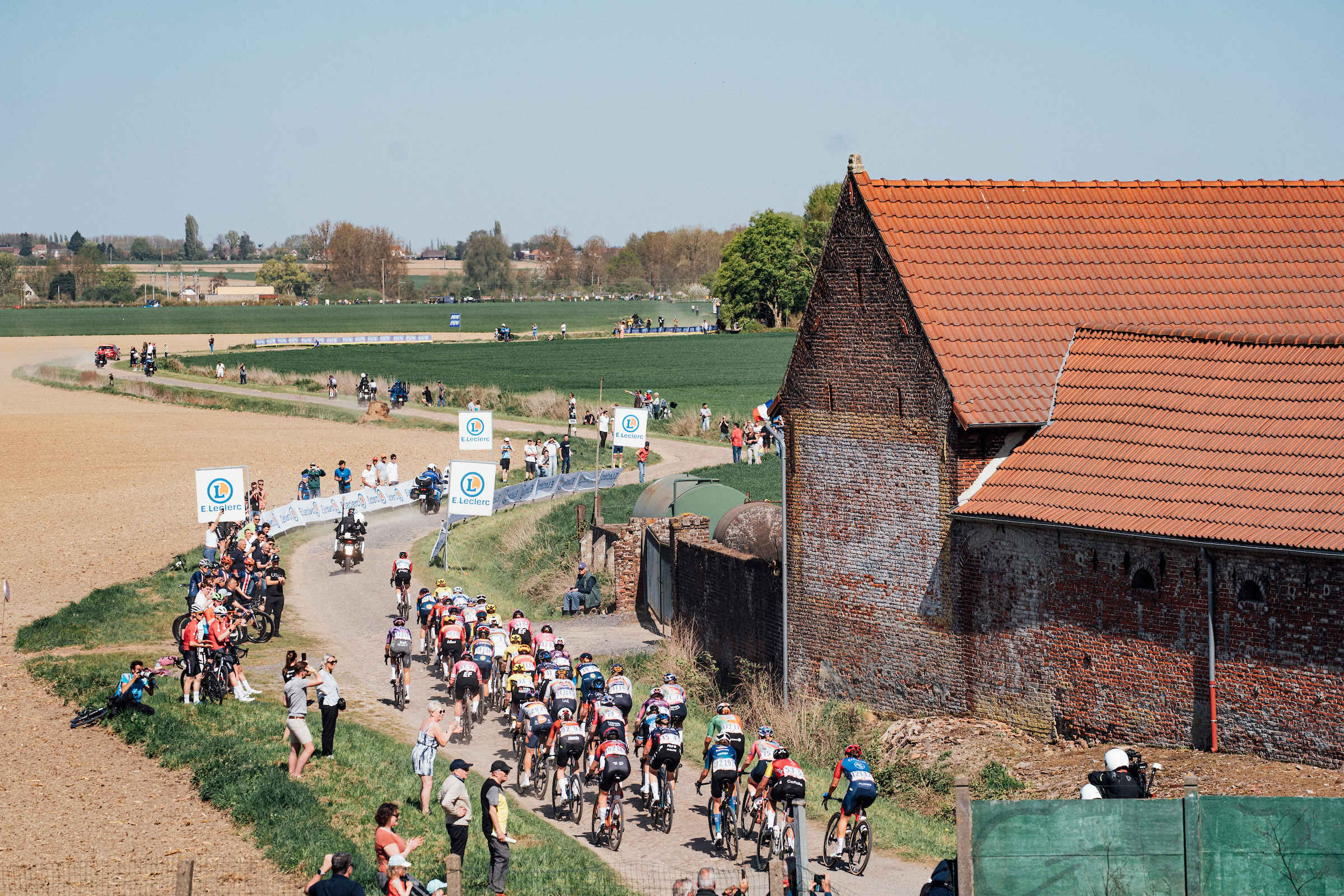 I went to Paris-Roubaix Femmes and was shocked at how it is still treated as secondary to the men’s race
I went to Paris-Roubaix Femmes and was shocked at how it is still treated as secondary to the men’s raceThe women’s version of the Hell of the North is five years old, but needs to be put more on equal footing with the men
By Adam Becket Published
-
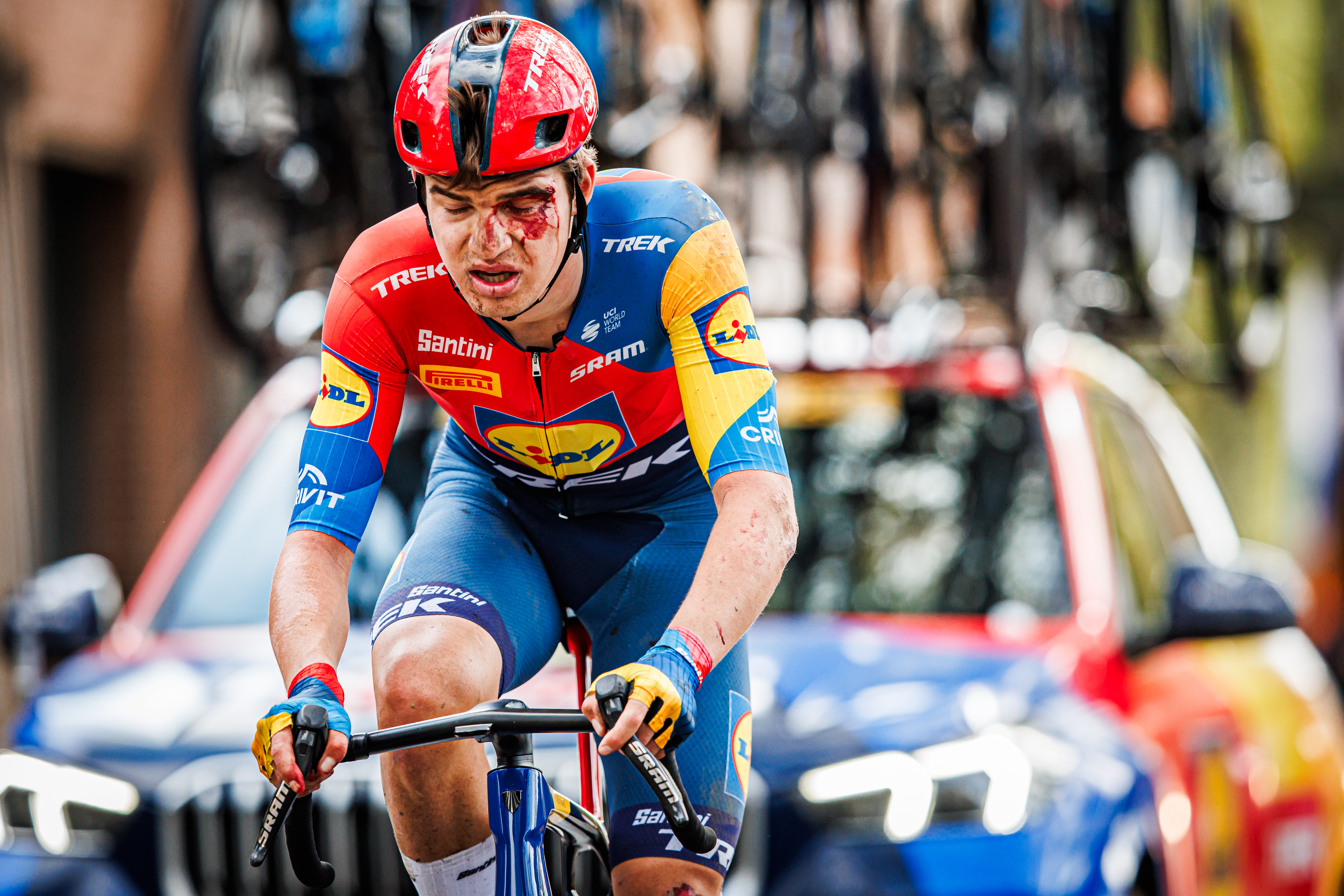 Broken hips, hands, and collarbones: Paris-Roubaix's lengthy injury list lays bare brutality of race
Broken hips, hands, and collarbones: Paris-Roubaix's lengthy injury list lays bare brutality of race"It probably wasn't the best idea to continue," says one of weekend's many wounded riders
By Tom Davidson Published